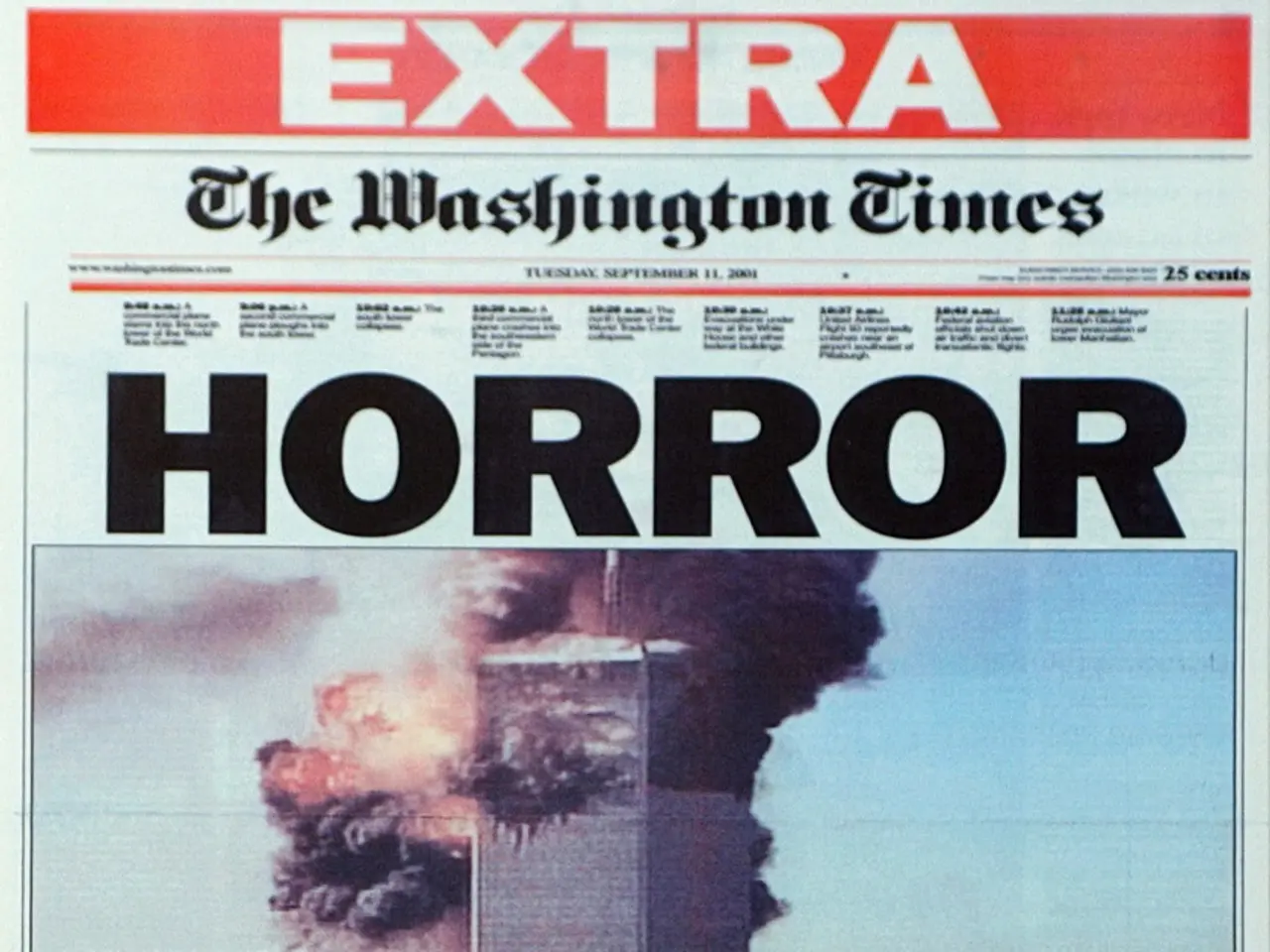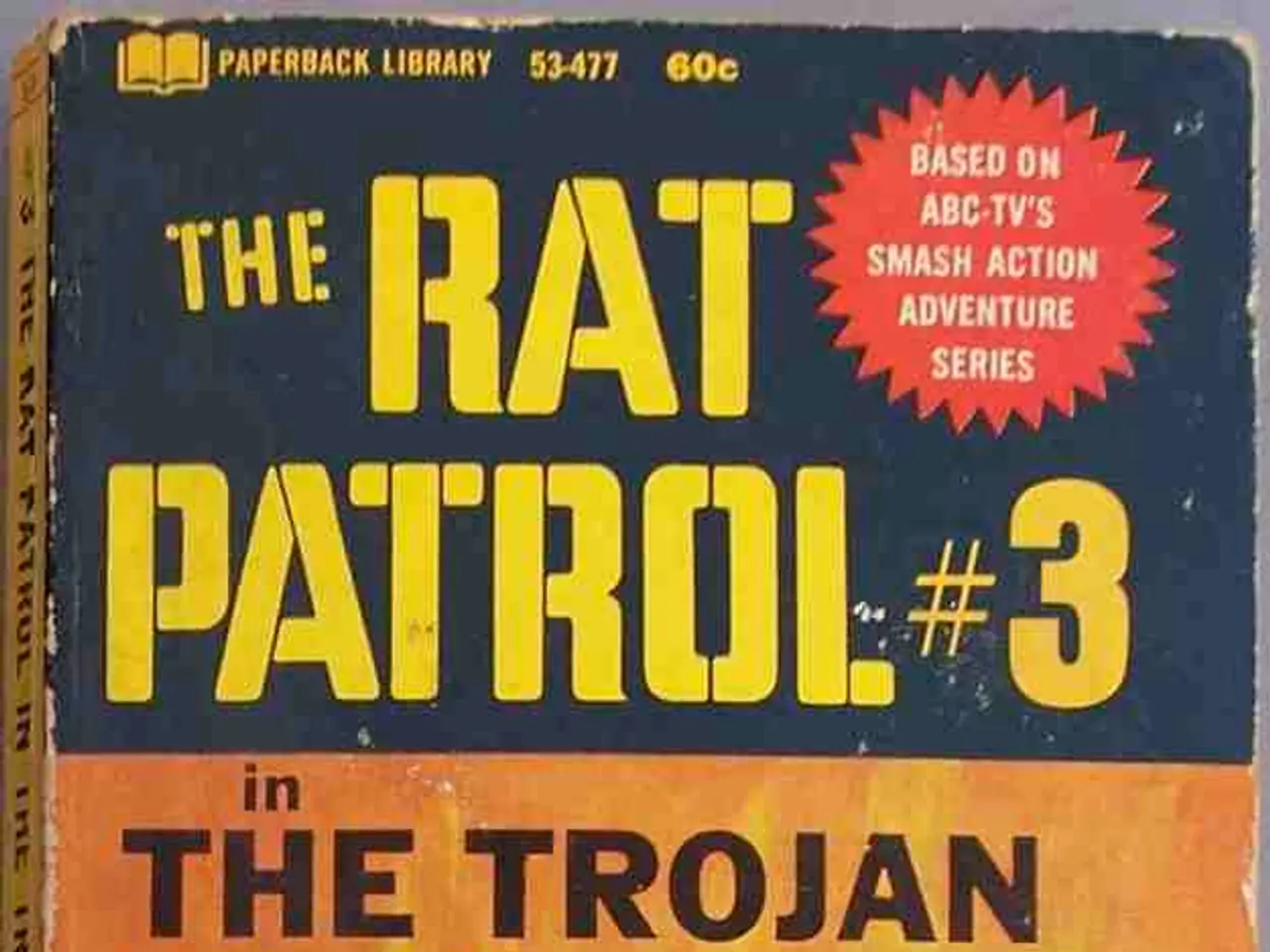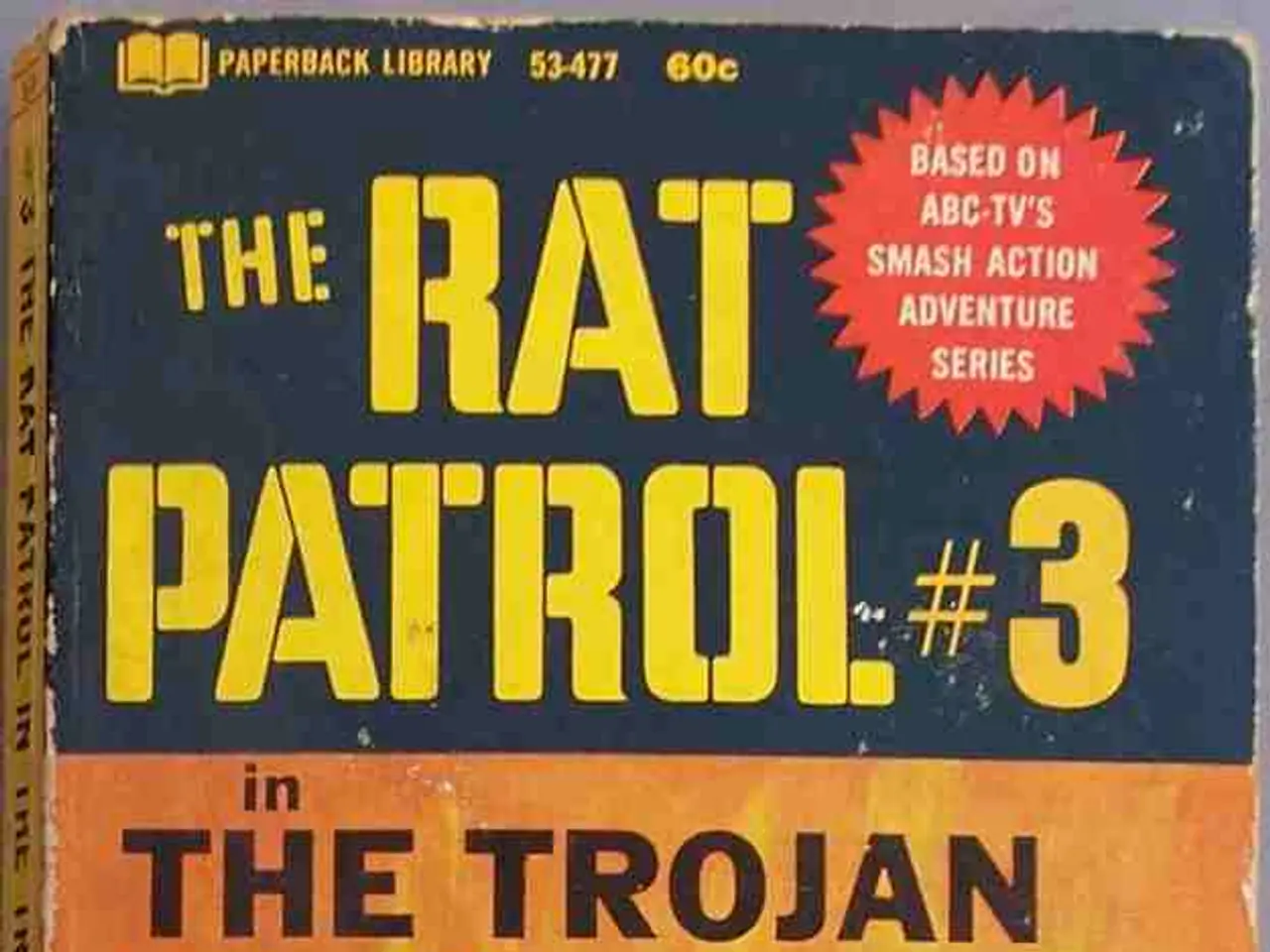Gaza Conflict Resolution: Hamas Agrees to American Ceasefire Plan and Prepares for Diplomatic Talks
The ongoing conflict between Hamas and Israel in Gaza may soon see a temporary resolution, with both parties expressing readiness for negotiations on a 60-day ceasefire proposal. The proposed agreement, facilitated by the Qataris and the Egyptians, aims to bring an end to the months-long conflict and address the humanitarian crisis in Gaza.
At the heart of the proposal is a staged hostage release. Hamas has agreed to release 10 living hostages and return the remains of 15-18 hostages held by the group. These releases will occur over the 60-day period, with some hostages being freed on the first day, some in between, and the final few on the last day. Notably, Hamas has agreed to forego public propaganda ceremonies for the released hostages, a point of contention from previous truces.
The ceasefire also includes a partial Israeli withdrawal from Gaza and a significant increase in humanitarian aid deliveries to the Gaza Strip. This move is intended to alleviate the humanitarian crisis caused by the prolonged conflict. The release of hostages by Hamas is conditioned on Israel releasing Palestinian security prisoners it holds, as well as the humanitarian aid boost.
Both parties are prepared to immediately negotiate the mechanism to implement this framework. Hamas wants guarantees that Israel will commit to the second phase of the agreement after the initial 60-day ceasefire. This second phase presumably aims for a more lasting resolution to the conflict.
Israeli Prime Minister Netanyahu has stated that the conflict cannot formally end as long as Hamas controls Gaza. He has vowed to “eradicate Hamas down to its very foundations,” indicating that Israel is not yet committing to a final peace but rather a temporary halt in hostilities for humanitarian and strategic reasons.
The United States backs the ceasefire proposal and provides guarantees about talks on ending the war. However, Israel is not committing to an outright end of the war as part of this deal. Former President Donald Trump publicly supported the 60-day ceasefire, urging Hamas to accept the deal for the sake of regional stability.
In summary, the proposed ceasefire is a temporarily limited halt in fighting for 60 days, conditioned on staged hostage releases by Hamas, a partial Israeli withdrawal, prisoner exchanges, and a humanitarian aid surge, with negotiations to follow for a more comprehensive resolution. The ceasefire negotiations are the latest attempt to resolve the ongoing conflict in Gaza, following Hamas' readiness for immediate negotiations on a 60-day ceasefire proposal.
- The ceasefire negotiations, following Hamas' readiness for immediate negotiations on a 60-day ceasefire proposal, are the latest attempt to resolve the ongoing politics of war-and-conflicts in Gaza, with the United States backing the proposal and offering guarantees about talks on ending the war.
- The proposed ceasefire, aimed at addressing the humanitarian crisis in Gaza, includes a significant increase in general-news deliveries of humanitarian aid to the Gaza Strip, and negotiations on a more comprehensive resolution are set to follow the temporary 60-day halt in fighting.




